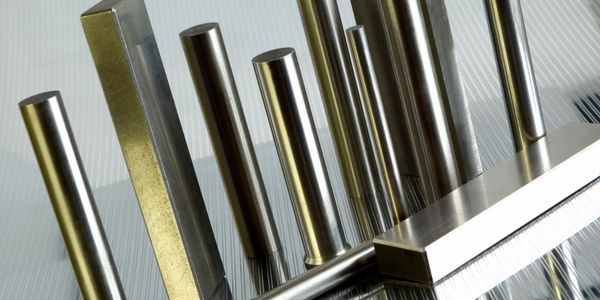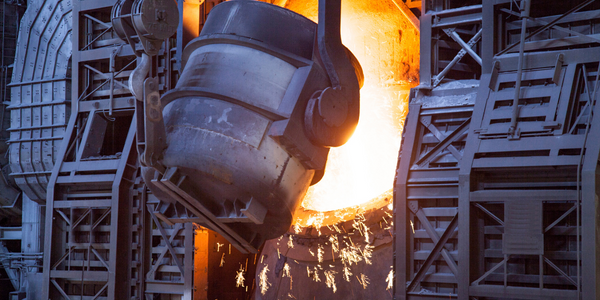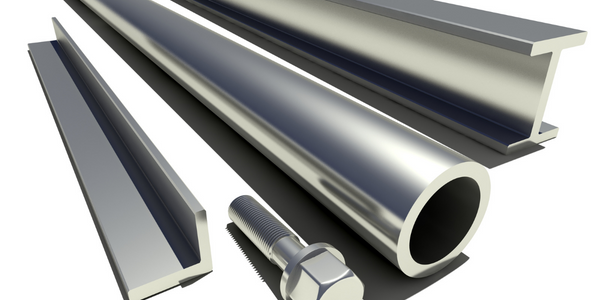Download PDF
Automated Predicitive Analytics For Steel/Metals Industry

Technology Category
- Analytics & Modeling - Predictive Analytics
- Application Infrastructure & Middleware - Data Exchange & Integration
- Automation & Control - Programmable Logic Controllers (PLC)
- Functional Applications - Enterprise Asset Management Systems (EAM)
- Sensors - Pressure Sensors
Applicable Industries
- Metals
Applicable Functions
- Maintenance
Use Cases
- Predictive Maintenance
The Challenge
Asset to be monitored: Wire Compactor that produces Steel Rebar
Customer Faced The Following Challenges:
- Dependent upon machine uptime.
- Pressure cylinders within the compactor fail to control compression and speed causing problems in binding the coil.
- Equipment failure occurs in the final stage of production causing the entire line to stop, can you say bottleneck?
- Critical asset unequipped with sensors to produce data.
About The Customer
A Steel Manufacturing Plant Produces Ponstruction Grade Rebar. 24 Hours a Day, 7 Days a Week, Scrap Metal is Converted into Steel. Each Year the Plant Produces 1.1 Billion Pounds of Steel Rebar Used in Concrete. That’s Enough Rebar to Circle the Glo
The Solution
The Results:
- SORBA-SDC (Smart Data Collector) connected to a Siemens PLC, collecting months of time series data to analyze behavior of equipment.
- Eliminated unplanned downtime for critical plant assets.
- Improved asset utilization rates, thus optimizing or reducing CapEx/OpEx costs.
- Minimized cost but not engaging IT personnel to connect into the enterprise network.
- SORBA does not require any firewall ports to open.
- Detected anomalies with lead times up to 20 days. Correlated all potential issues with work order events.
- Achieved an operational savings, in one application, of over $100,000 annually at just one site.
Data Collected
Downtime, Equipment Status, Fault Detection, Machine Performance, Process Procedure
Operational Impact
Quantitative Benefit
Related Case Studies.

Case Study
Goldcorp: Internet of Things Enables the Mine of the Future
Goldcorp is committed to responsible mining practices and maintaining maximum safety for its workers. At the same time, the firm is constantly exploring ways to improve the efficiency of its operations, extend the life of its assets, and control costs. Goldcorp needed technology that can maximize production efficiency by tracking all mining operations, keep employees safe with remote operations and monitoring of hazardous work areas and control production costs through better asset and site management.

Case Study
KSP Steel Decentralized Control Room
While on-site in Pavlodar, Kazakhstan, the DAQRI team of Business Development and Solutions Architecture personnel worked closely with KSP Steel’s production leadership to understand the steel production process, operational challenges, and worker pain points.

Case Study
Bluescope Steel on Path to Digitally Transform Operations and IT
Increasing competition and fluctuations in the construction market prompted BlueScope Steel to look toward digital transformation of its four businesses, including modern core applications and IT infrastructure. BlueScope needed to modernize its infrastructure and adopt new technologies to improve operations and supply chain efficiency while maintaining and updating an aging application portfolio.

Case Study
RobotStudio Case Study: Benteler Automobiltechnik
Benteler has a small pipe business area for which they produce fuel lines and coolant lines made of aluminum for Porsche and other car manufacturers. One of the problems in production was that when Benteler added new products, production had too much downtime.

Case Study
Continuous Casting Machines in a Steel Factory
With a very broad range of applications, steel is an important material and has been developed into the most extensive alloy in the engineering world. Since delivering high quality is absolutely crucial for steel plants, ensuring maximum productivity and the best quality production are the keys to competitiveness in the steel industry. Additionally, working conditions in steel factories are not suitable for workers to stay in for long periods of time, so manufactures usually adopt various machines to complete the steel production processes. However, the precision of these machines is often overestimated and the lack of flexibility also makes supervisors unable to adjust operating procedures. A renowned steel factory in Asia planned to improve its Distributed Control System (DCS) of furnaces as well as addressing the problem of insufficient accuracy. However, most well-known international equipment suppliers can not provide a satisfactory solution and local maintenance because the project needed new technologies to more accurately control equipment operations. By implementing Advantech’s automated monitoring and control solution, steel factories can not only improve the manufacturing processes but can also allow users to add additional functions to the existing system so as to make sure the operation runs at high efficiency.

Case Study
Mueller moves from preventive to predictive maintenance
Recognizing the recent advances in and affordability of predictive maintenance (PdM), the company decided to implement a PdM program in one of its facilities on a trial basis. Anticipating positive results, we hope to gradually pursue wider implementation.





